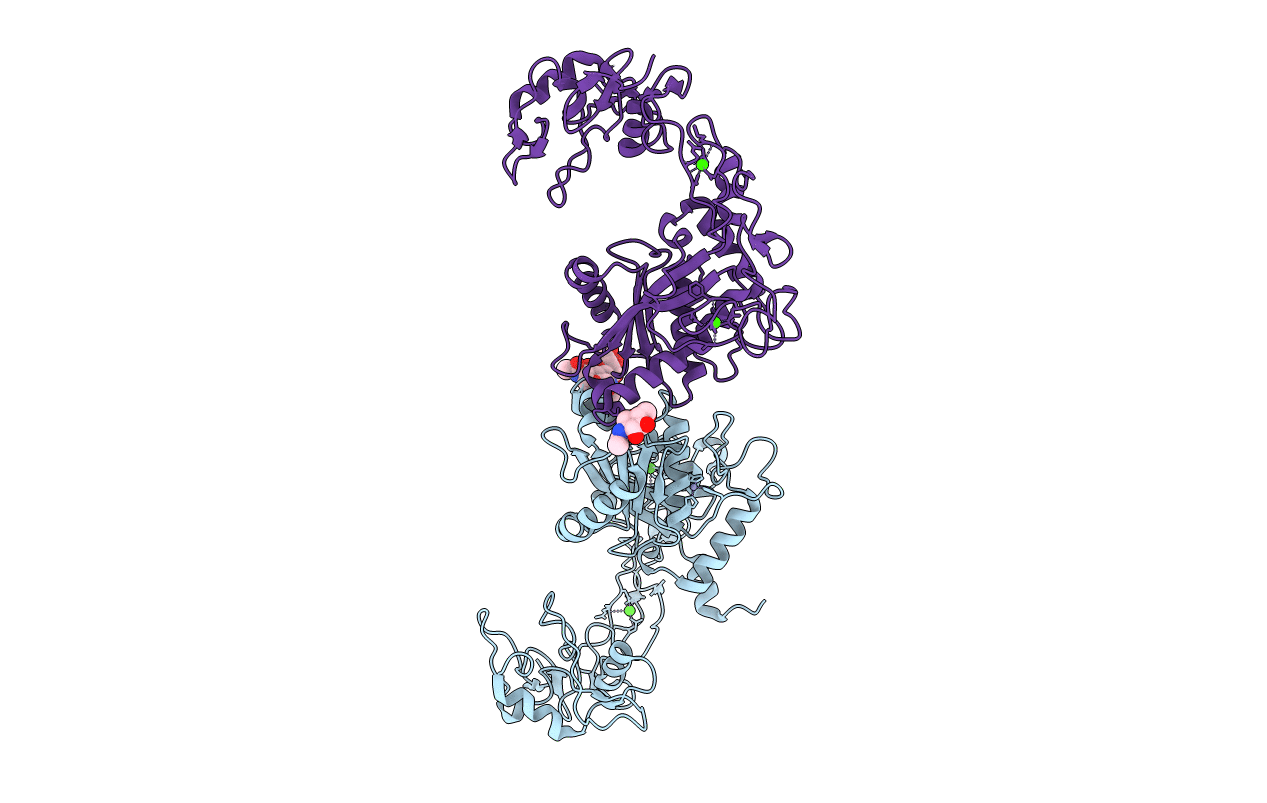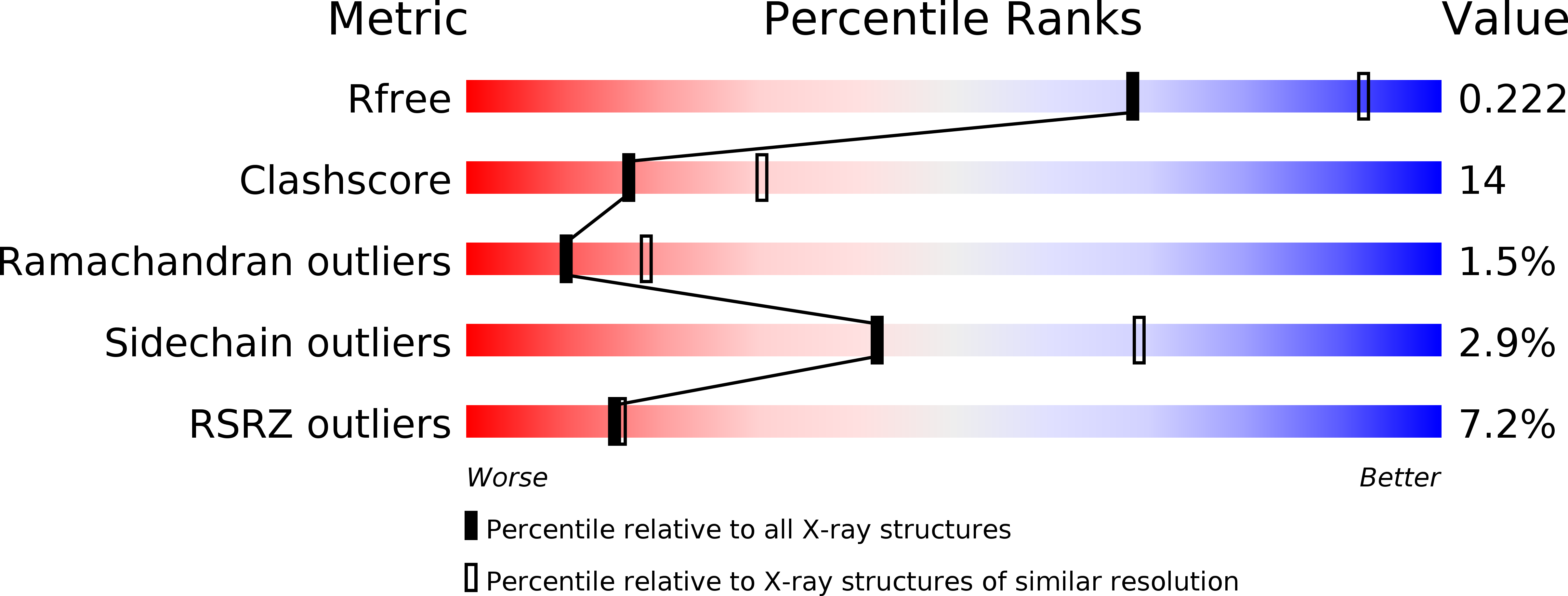
Deposition Date
2005-10-25
Release Date
2006-06-20
Last Version Date
2024-10-30
Entry Detail
PDB ID:
2ERQ
Keywords:
Title:
Crystal structure of vascular apoptosis-inducing protein-1(tetragonal crystal form)
Biological Source:
Source Organism:
Crotalus atrox (Taxon ID: 8730)
Method Details:
Experimental Method:
Resolution:
2.50 Å
R-Value Free:
0.26
R-Value Work:
0.22
R-Value Observed:
0.23
Space Group:
P 41 21 2


